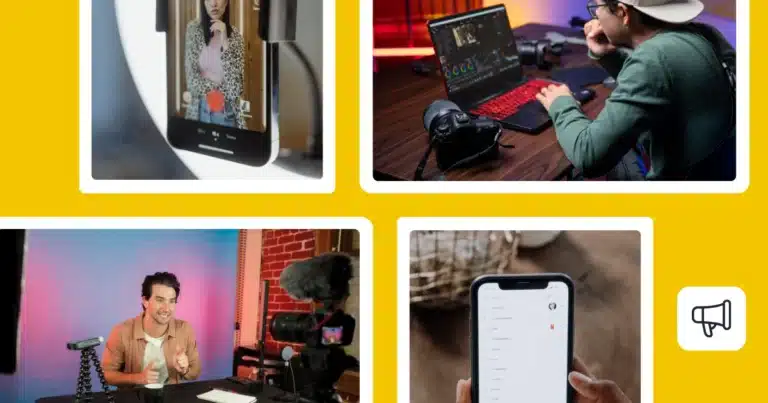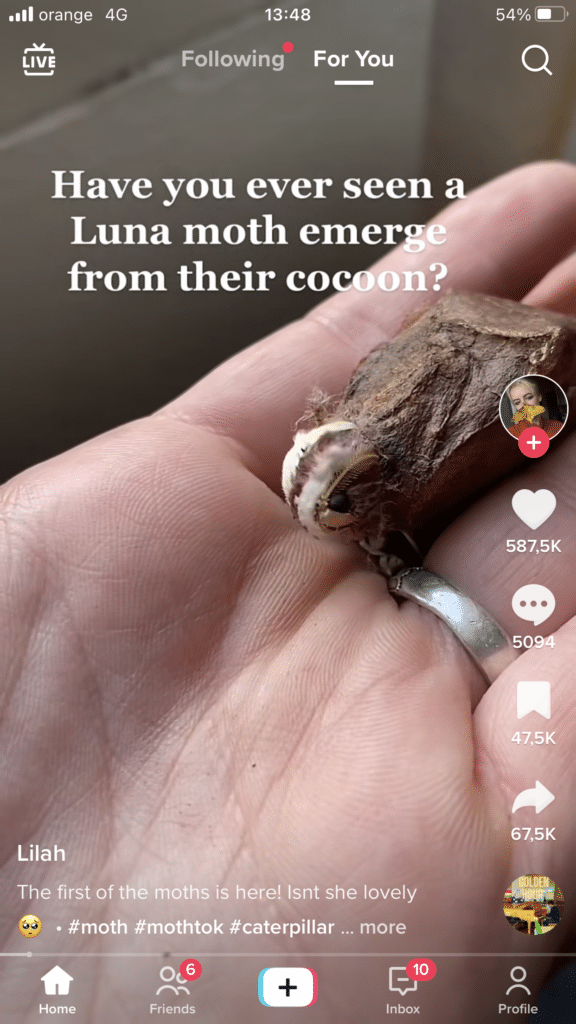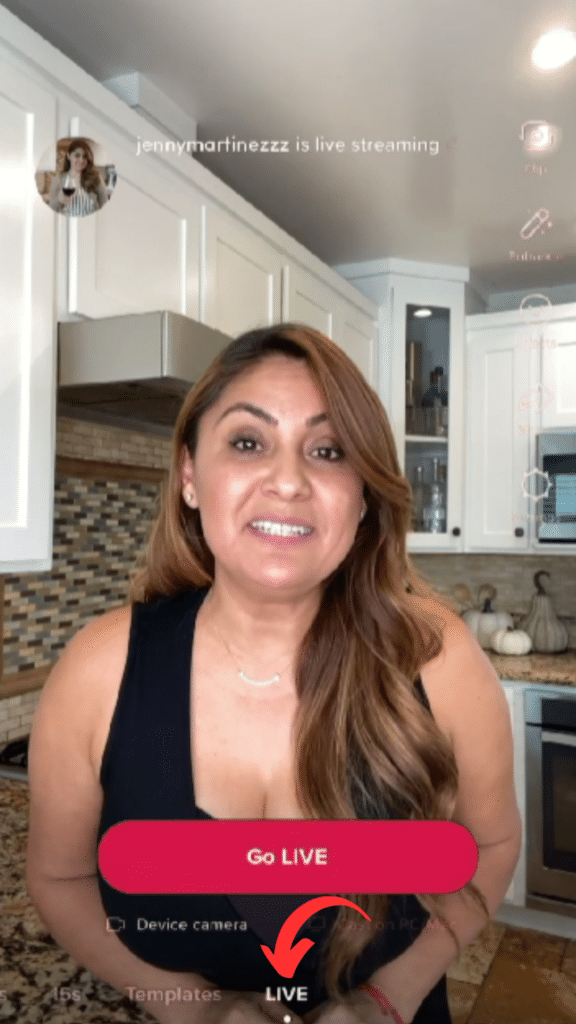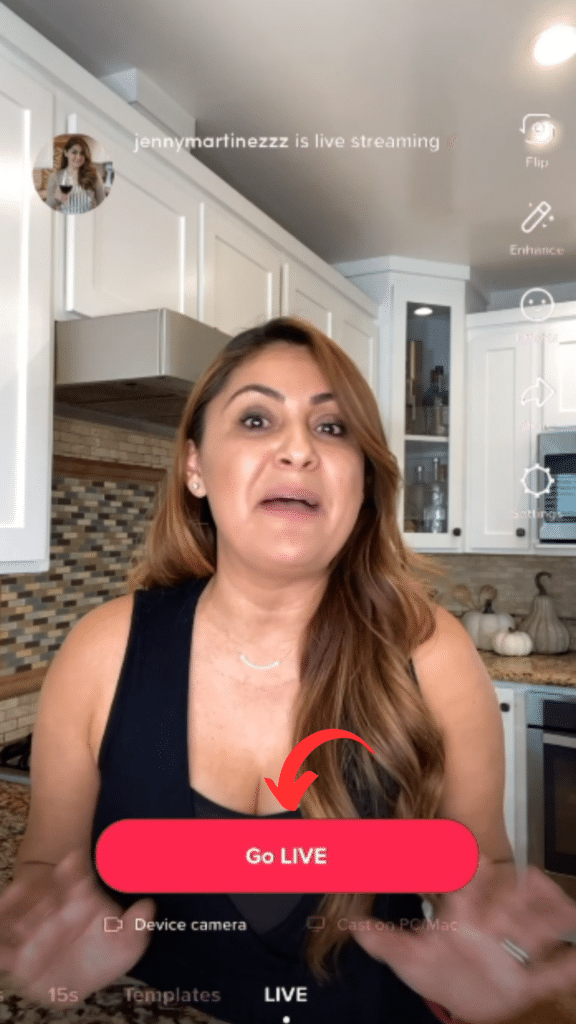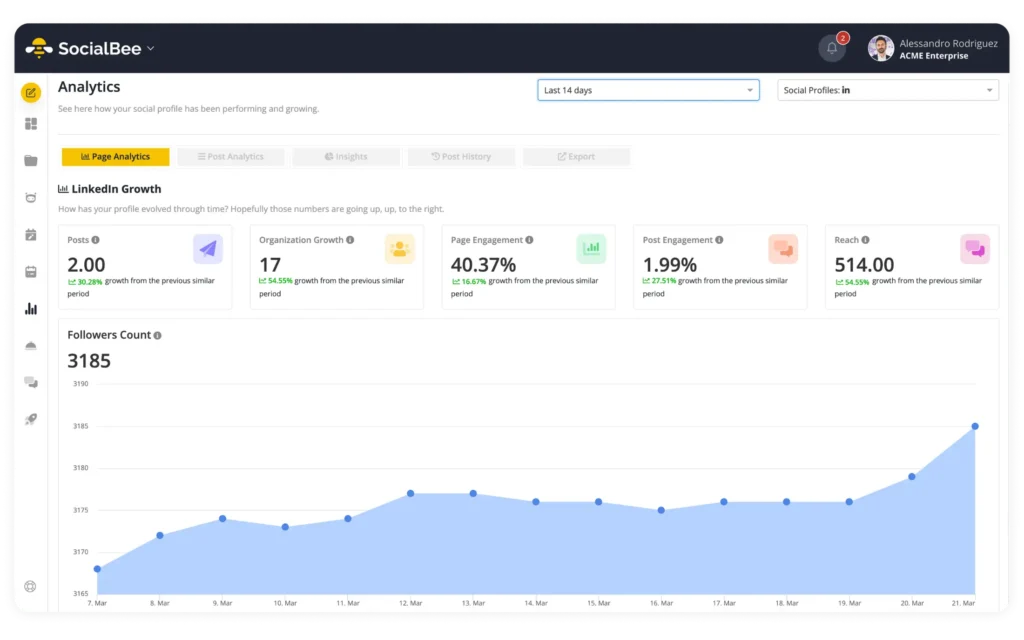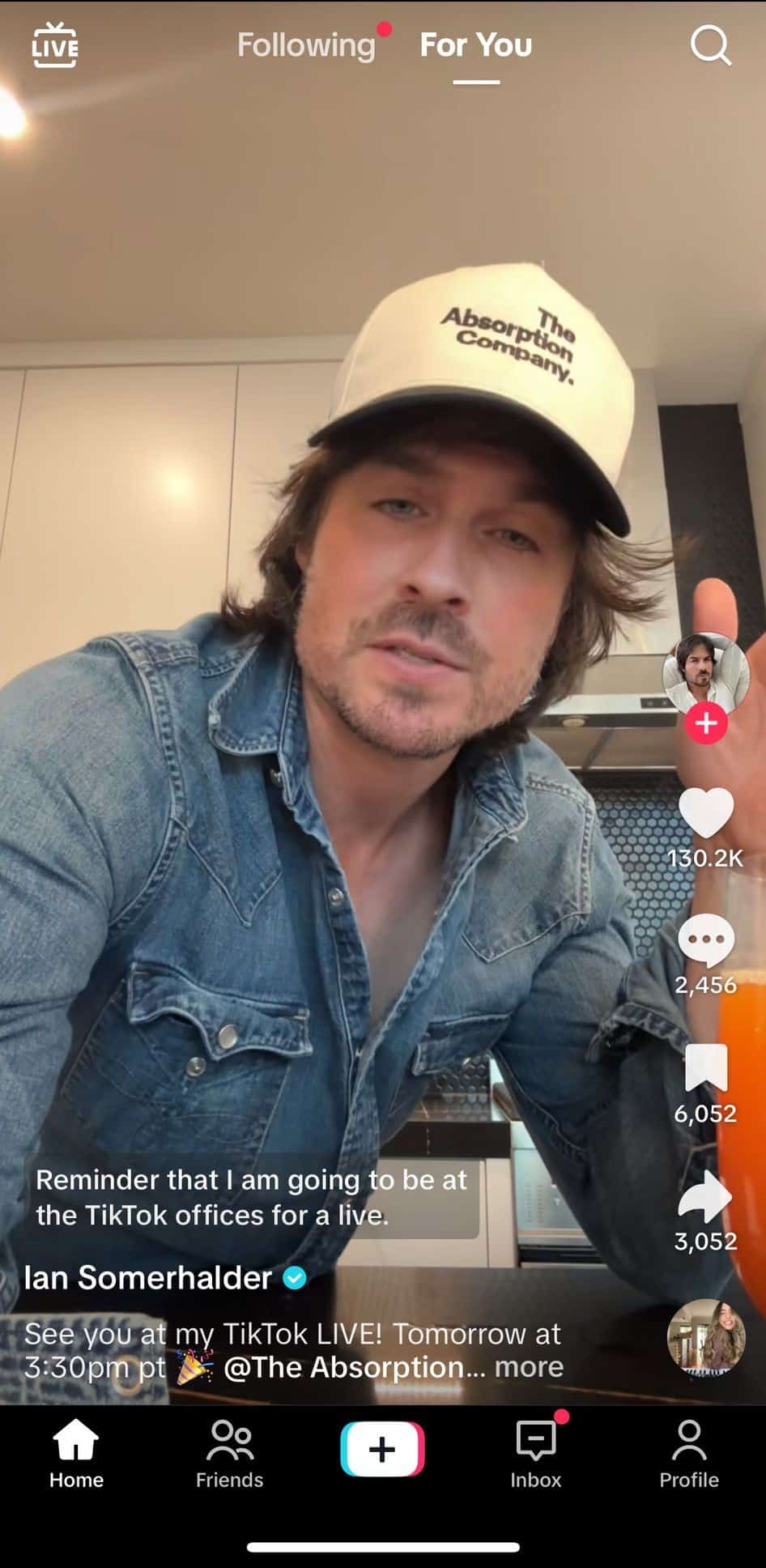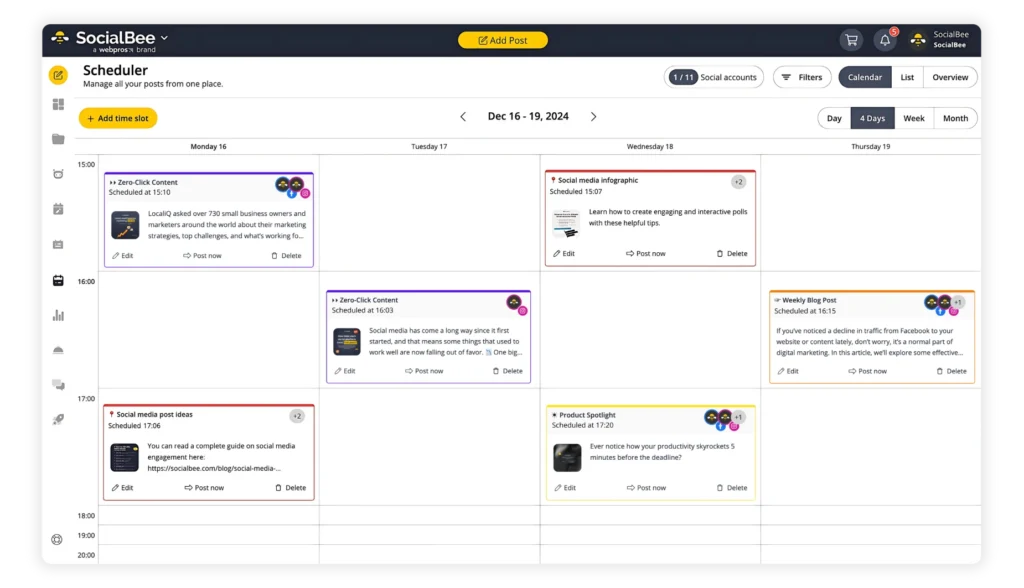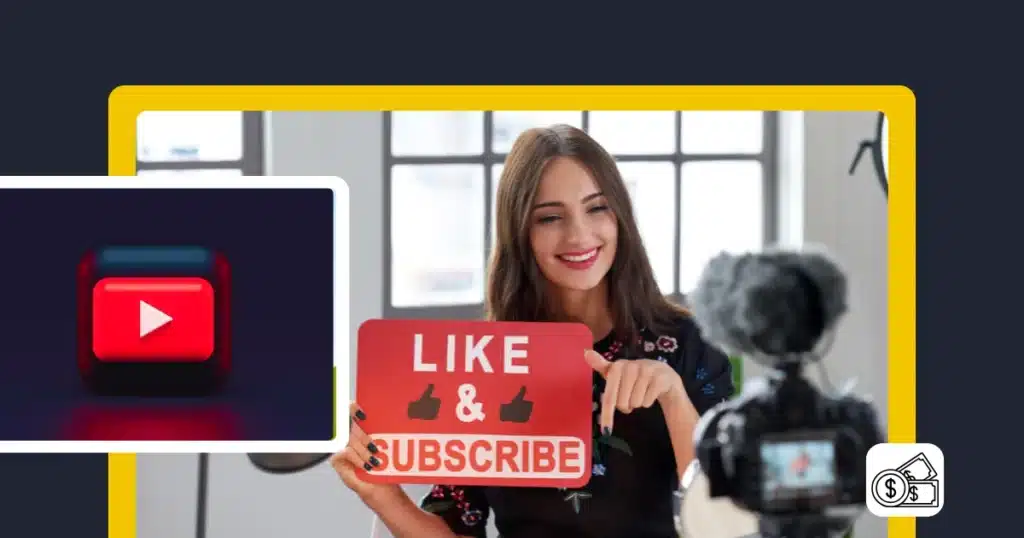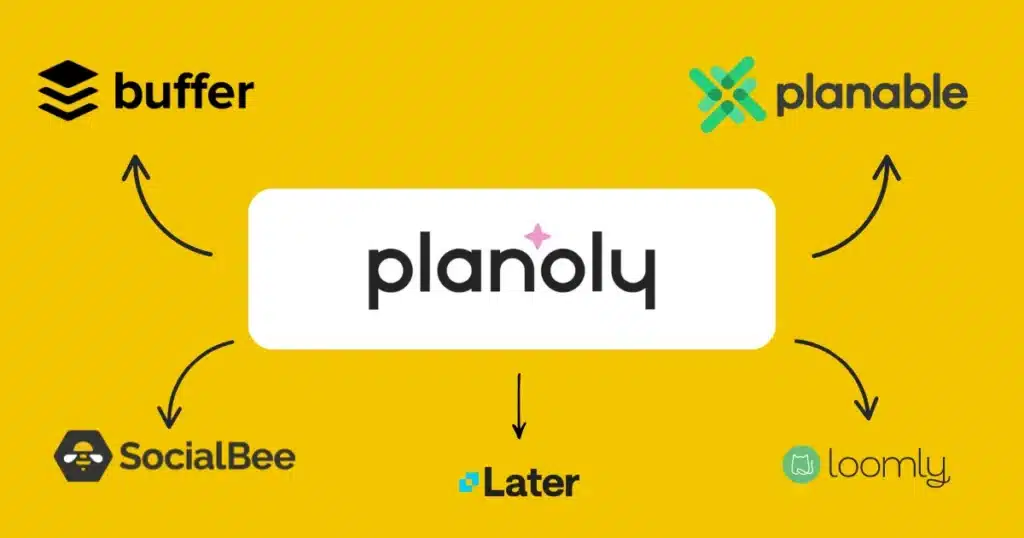Did you know that people spend approximately 1.5 hours per day on TikTok? With the right strategy, you can make the most out of your time online and reach a larger audience than ever before.
Going live on TikTok is one of the best ways to connect with your audience in real-time, whether you’re sharing exciting updates, answering questions, or just having fun. If you’re not sure how to start, don’t worry, you’re in the right place.
In this guide, we’ll walk you through everything you need to know about going live on TikTok. From meeting the requirements to making your stream engaging and successful, we’ve got you covered.
We’re SocialBee LABS SRL, part of WebPros. We use the information you provide to share relevant content and product updates, as outlined in our Privacy Policy. You can opt out anytime.
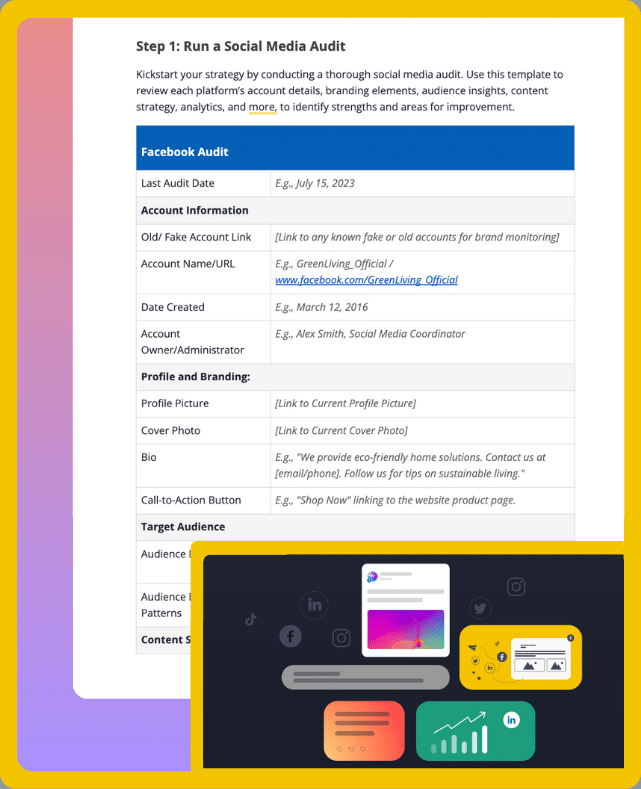
Short Summary
- TikTok Live lets you connect with your followers through real-time video, comments, and interactions like Q&As and talent showcases.
- To go live on TikTok, you need to be at least 18 years old, have over 1000 followers (in most regions), and follow TikTok’s community guidelines.
- TikTok Live helps creators earn money through gifts, build stronger communities through real-time interaction, and gain visibility to attract new followers.
- To go live on TikTok, tap the Create icon, swipe to the Live feature, customize your stream, and experiment with fun tools.
- To join someone’s TikTok Live, find their stream, send a request via the comments section, and start participating once approved.
- To spark new TikTok Live ideas, use AI tools like SocialBee’s AI post generator for fresh, creative prompts and inspiration.
- To maximize engagement, use tools like SocialBee’s analytics to find the best times to go live based on your audience’s activity.
- Collaborating on TikTok Live helps you reach more people, make your content more interesting, and build connections for future growth.
- A steady internet connection helps avoid lags and buffering, ensuring a smooth TikTok stream that keeps your audience engaged.
- Good lighting, like a ring light, improves video quality and creates a professional, appealing look for your TikTok Live.
- Engaging with your TikTok audience by responding to comments, using calls-to-action, and giving shoutouts helps build a loyal, interactive community.
- Promoting your TikTok Live in advance across social media platforms helps build excitement and boosts attendance.
Table of contents
- What is a TikTok Live?
- Who can go live on TikTok?
- Benefits of doing TikTok live streams
- How to do a live stream on the TikTok app
- How to go live on TikTok on PC
What is a TikTok Live?
TikTok Live is TikTok’s built-in live streaming feature. Instead of posting pre-recorded videos, you can connect with your followers by sharing live video streams and engaging with them through real-time comments, reactions, and virtual gifts.
Learning how to go live on TikTok is helpful for a variety of reasons, such as hosting Q&A sessions, giving glimpses of daily life, showcasing talents, playing games, and fostering more interaction with fans.
Who can go live on TikTok?
You must be at least 18 years old to start a live on TikTok, or 19 in South Korea. You might also need more than 1,000 followers on TikTok, but that varies by region or country.
Additionally, users are required to adhere to TikTok’s community guidelines, which include regulations about content, behavior, and safety.
Benefits of doing TikTok live streams
Lots of TikTok creators use the Live feature because it brings numerous benefits, both monetary and in terms of engagement.
Here are the main three benefits of doing TikTok live streams:
- Receive gifts and earn money
- Build a strong community
- Get discovered by new TikTok users
1. Receive gifts and earn money
When fans send virtual gifts during your live sessions, you can collect Diamonds, which can be converted into real money and transferred to an external account of your choice.
Diamonds are awarded to creators based on their videos’ popularity, and one way to earn Diamonds is by receiving gifts from viewers during live sessions.
| 🐝 Pro tip: Please note that TikTok Live Gifts are only available for users who are 18 years or older, and it’s important to follow TikTok’s Community Guidelines and not solicit gifts or offer incentives for gifting. |
Here’s how you can enable Live Gifting:
- Tap “Settings” on your TikTok profile.
- Click the “Live Gifts” toggle to enable the feature.
- Go to your profile and click “Settings” again.
- Navigate to “Balance.”
- From there, you can withdraw your rewards to your bank or PayPal account. Note that you must accrue at least 2,000 Diamonds (equivalent to $10) before requesting TikTok to pay out your rewards.
2. Build a strong community
Cultivating a strong community is easier when you interact directly with your followers through the TikTok Live feature.
Live streaming allows you to engage with your audience in real time, responding to comments, answering questions, and connecting with your viewers in a direct and personal manner. This fosters a sense of community and connection with your followers.
It also allows you to showcase your brand, sharing your latest products or services, thoughts, and experiences in an unfiltered and authentic manner.
3. Collaborate with other TikTok users
TikTok’s algorithm often prioritizes live streams, which can result in them appearing in the “For You” or “Discover” sections. This increased visibility can expose your content to a wider audience, potentially attracting new TikTok users who may not have otherwise come across your content.
By using relevant hashtags and creating catchy titles for your live stream, you can enhance its discoverability to users who are searching for content related to your topic or niche.
How to do a live stream on the TikTok app
- Tap the Create icon
- Swipe for the TikTok LIVE feature
- Do a live broadcast on TikTok
- Experiment with TikTok Live features
- End your TikTok live
Step 1: Tap the Create icon
To start, open the TikTok app. Next, take a look at the very bottom of the screen. There, you should see a ‘+’ sign, which is the button you should always use to create new content or to go live.
Step 2: Swipe for the TikTok Live feature
Once you tap the plus symbol, make sure to swipe left through the options that are available to you (e.g., Camera, Templates) you can find in the lower part of your screen until you find the live option.
Step 3: Do a live broadcast on TikTok
Now that you’ve managed to find the live option, you’ll be able to select whether you’d like to use your device camera or cast from a PC or a Mac. You can also use filters with the Enhance setting which you can find on the right side of the screen, flip your camera, and more.
Next, tap the big red button that says “Go LIVE” and connect with your followers in the blink of an eye.
Step 4: Experiment with TikTok Live features
There are plenty of features you can experiment with once you go live on TikTok. They can enhance the overall experience, help you get creative, and keep the audience fully engaged throughout the entirety of the live stream.
Here are some of the best TikTok Live stream features:
- Go live together: It allows you to pair up with other users and access each other’s audience.
- Designate live moderators: Hosts can assign a trusted person to help manage their live stream, including the ability to mute and block users.
- Set keyword filters: Hosts have the option to disable comments or use a keyword filter by adding up to 200 terms, allowing them to control and limit the comments in the chat during their live stream.
- Live donations: The TikTok Live Donations button encourages your audience to donate to your preferred charity, which can be set up either before or during your live stream.
Step 5: End your TikTok Live
Is it time to wrap things up? During your TikTok Lives, you will see a power on/off button located in the bottom right corner of the screen. Tap on it to end your live stream. Congrats, you’ve just streamed your first TikTok live!
How to go live on TikTok on PC
To go live from your PC, you will need to use TikTok Live Studio. This software is available only for Windows, and is primarily meant for gaming streamers. For this reason, as a gamer you only need 1000 followers to get TikTok Live access, while everyone else requires minimum 10,000.
To go live on TikTok using a PC, follow these steps:
- Download and install TikTok Live Studio software on your PC.
- Run TikTok Live Studio and log in to your TikTok account.
- Adjust your settings and click Start Streaming to go live on TikTok.
You can also use third-party streaming software:
- In the Live Studio, get your stream key and server URL from the settings.
- Copy and paste the stream key and server URL into your streaming software (e.g., OBS).
How to join other people’s TikTok Lives
Follow these steps to participate in someone’s TikTok live session:
- Find the live stream you want to join and tap on it.
- Head to the comments section of the live stream.
- Look for a button with two smiling faces and tap on it to send a request to join the broadcast.
- Once your request is approved, your screen will split into two, and you’ll be part of the live broadcast.
7 tips on how to host a successful TikTok Live
Let’s face it, it’s both exciting and a bit frightening to go live on TikTok, especially when you’re just starting out and you have no idea about what’s expected of you.
Here are the top seven tips on how to host a successful TikTok live video:
- Brainstorm new TikTok live ideas
- Go live at the best times
- Collaborate with other TikTok users
- Have a steady internet connection
- Purchase good lighting
- Engage with your
- audience
- Promote the TikTok Live in advance
1. Brainstorm new TikTok live ideas
Brainstorming fresh TikTok Live ideas can be easier when you break it down into simple steps. Start by checking trending topics and hashtags on TikTok to see what’s popular in your niche, then think about how you can put your own unique spin on them.
Engaging with your audience is another great way to generate ideas. Ask them directly in the comments or through a poll about what they’d like to see in your next Live. Reviewing your past content can also help; look at which videos performed well and consider expanding on those topics in a live session.
Trying different formats can keep things interesting, such as Q&A sessions, behind-the-scenes looks at your work, live product demos, or interactive challenges. Collaborating with other creators is another way to bring fresh energy to your Live, whether it’s an interview, a discussion, or a fun game.
2. Go live at the best times
Timing can make all the difference in social media. SocialBee’s data-driven insights and analytics can help you identify the best times to do TikTok lives based on your specific audience demographics, location, and engagement patterns.
Leverage your TikTok post analytics and select the best time to go live.
Start your 14-day free trial now!
This way, you can strategically plan and schedule your TikTok Live streams for optimal performance.

Monitor your TikTok content performance with SocialBee!
3. Collaborate with other TikTok users
Collaborating with fellow TikTok users on live streams can offer a many advantages for content creators. It can broaden your reach by introducing your content to a larger audience and add diversity to your content by incorporating new perspectives and ideas.
Here are a few TikTok collaboration ideas:
- Interview an expert in your niche, like a fitness trainer chatting with a nutritionist.
- Compete with another creator in a speed makeup challenge, dance battle, or trivia quiz.
- Show a creative process with a collaborator, such as a photographer and designer working on a project.
- Watch and react to trending videos with another creator.
- Partner with a brand or influencer to give away prizes and attract new followers.
- Test products live with another influencer and share honest opinions.
- Partner with a brand to showcase and discuss products while answering viewer questions.
Also, collaborating creates a supportive network of fellow content creators, which can prove useful in the future for cross-promotion and more.
4. Have a steady internet connection
A reliable internet connection ensures smooth and uninterrupted streaming without lags, freezing, or buffering. That creates a smooth and enjoyable viewing experience for your audience. This helps keep them engaged and prevents them from leaving due to technical issues.
5. Purchase good lighting
Investing in high-quality lighting for your TikTok Live is essential for several reasons. To begin with, good lighting improves the overall visual quality of your live streams, giving your content a more appealing and professional look.
A ring light is great for illuminating your face or anything else you film. Lighting can also influence the atmosphere of your live stream, improving the production value.
6. Engage with your audience
Engaging with your audience during a TikTok Live creates a sense of community, building a loyal following and creating a memorable and interactive experience. This will have users coming back for more.
Here are some easy tips to engage with your audience during a live:
- Respond to comments: Monitor the comments section during your TikTok Live and actively engage with your audience by acknowledging their interventions, addressing their questions, and expressing appreciation for their support.
- Incorporate calls-to-action: Motivate your audience to take action during your TikTok Live, whether it’s through liking, sharing, or following your content. Use call-to-action prompts in your speech or visual cues to encourage your audience to actively engage with your content.
- Offer shoutouts and mentions: Give shoutouts to your viewers during your TikTok Live by mentioning their usernames and expressing gratitude for their support. This personalized approach creates a sense of recognition.
7. Promote the TikTok Live in advance
It’s super important to promote your TikTok Live in advance, as it helps to build anticipation and excitement among your audience. This increases the likelihood of them tuning in. Perhaps the easiest ways to do this is by posting TikTok videos about upcoming live streams.
Using OTT advertising can also help reach a wider audience and increase engagement during TikTok Lives. Here is an example of actor Ian Somerhalder promoting a live stream:
Use SocialBee to take advantage of your presence on other social media platforms, such as Instagram, X (formerly Twitter), or Facebook, to promote your TikTok live stream. Plan and schedule content meant to attract your existing followers from those platforms to join you live on TikTok.
Planning a new TikTok live? Promote it across your social media channels with SocialBee.
Start your 14-day free trial now!
Frequently asked questions
Here are a few reasons why you might be unable to go live on TikTok:
- Account eligibility: TikTok has specific requirements for going live, such as a minimum number of followers or reaching a certain account age. If your account does not meet these criteria, you may not be able to go live.
- Location restrictions: TikTok Live isn’t available in certain regions or countries due to legal or regulatory limitations.
- App version: Make sure you have the latest version of the TikTok app installed on your device, as older versions could lack the live streaming feature or have limitations.
- Guideline violations: Review TikTok’s community guidelines to make sure you are not in violation of any of them.
Yes, in most countries and regions you do need 1000 followers to go live on TikTok. To stay up to date with any updates TikTok rolls out, make sure to always consult their official guidelines.
There is a Q&A feature that you can turn on and use in your TikTok Lives if you have a TikTok Creator account.
To turn on the Q&A Feature:
- Open the TikTok app and go to your profile.
- Tap the three-line menu in the top-right corner.
- Select Creator tools.
- Look for the Q&A option and toggle it on.
Once enabled, viewers can ask questions directly through the Q&A section during your TikTok Live, making it easier to engage with your audience.
Launch viral TikTok Lives and gain new followers
With this step-by-step guide, you’ll be able to start broadcasting live on TikTok in no time.
From setting up your account to customizing your settings and more, the process of going live on TikTok has never been easier. Whether you’re looking to share a new product or service or just want to show off your everyday life, everyone can join in the fun.
With SocialBee, you can leverage the creativity of AI, discover the best time to go live, and schedule promotional content to make your audience aware of your next broadcast. Start your 14-day free trial today!

